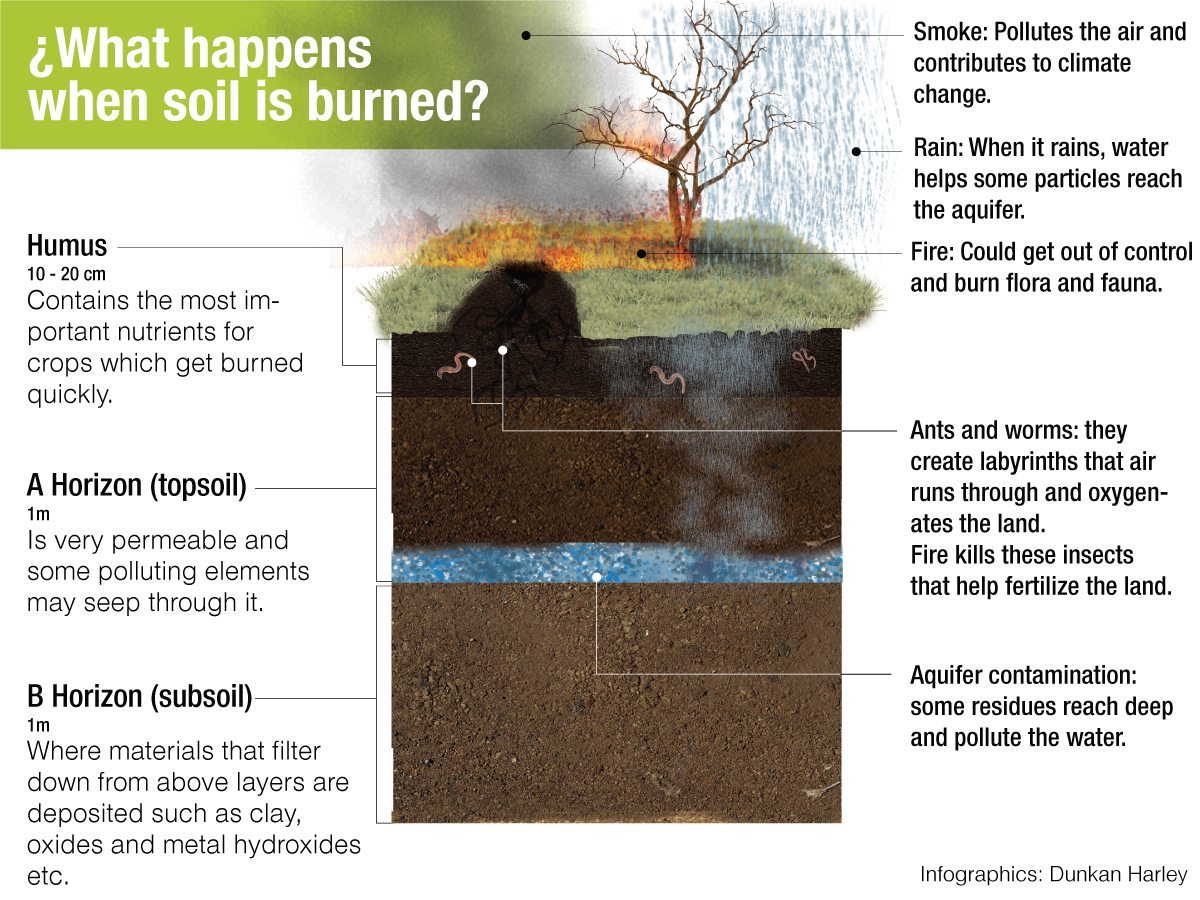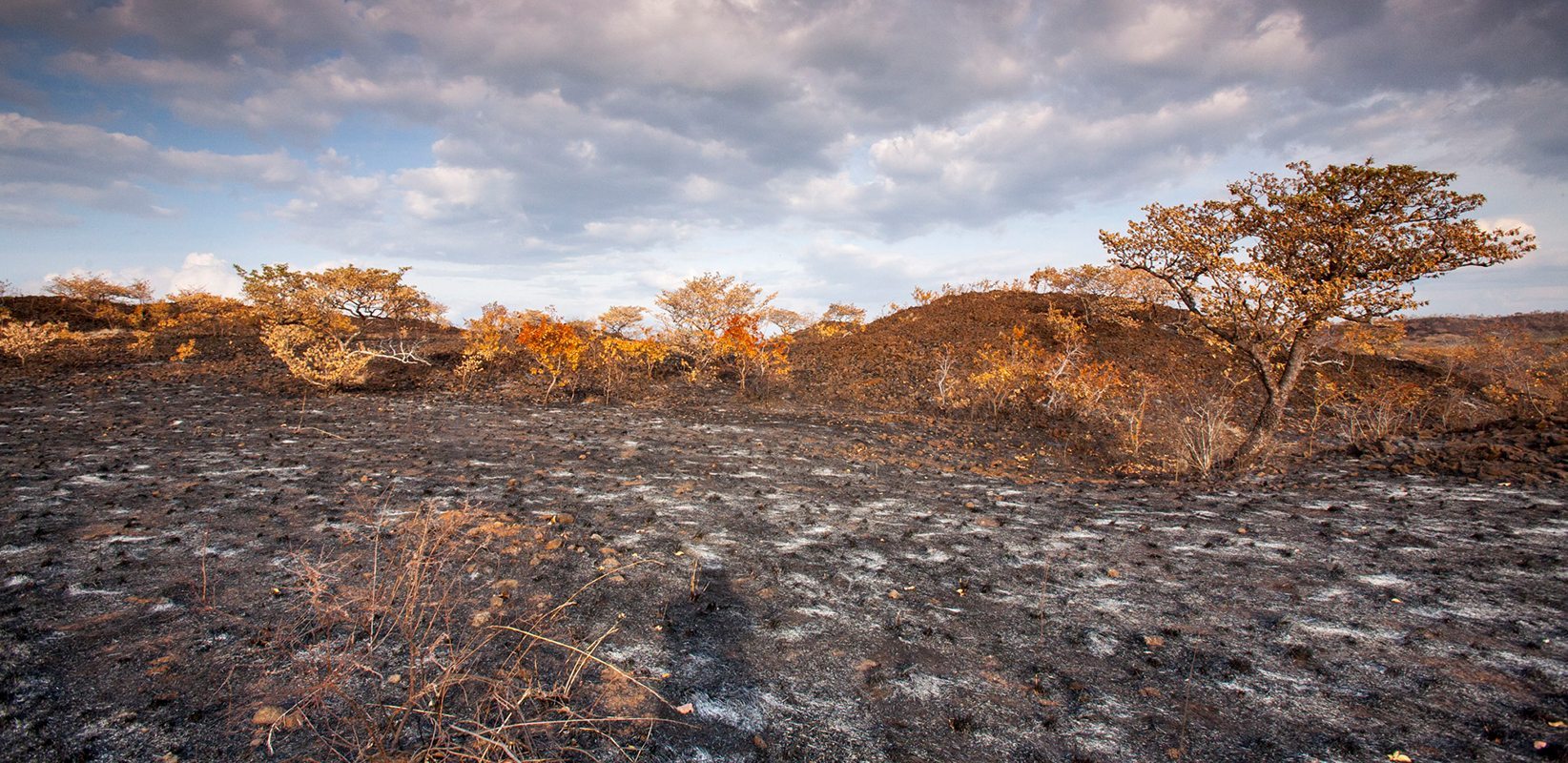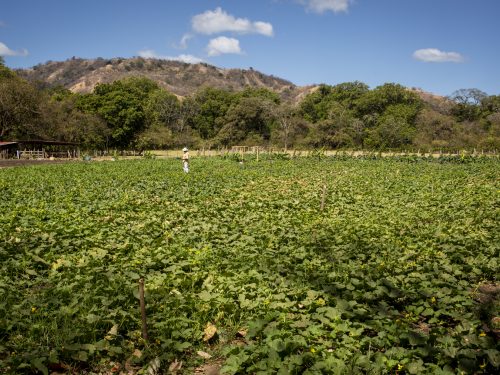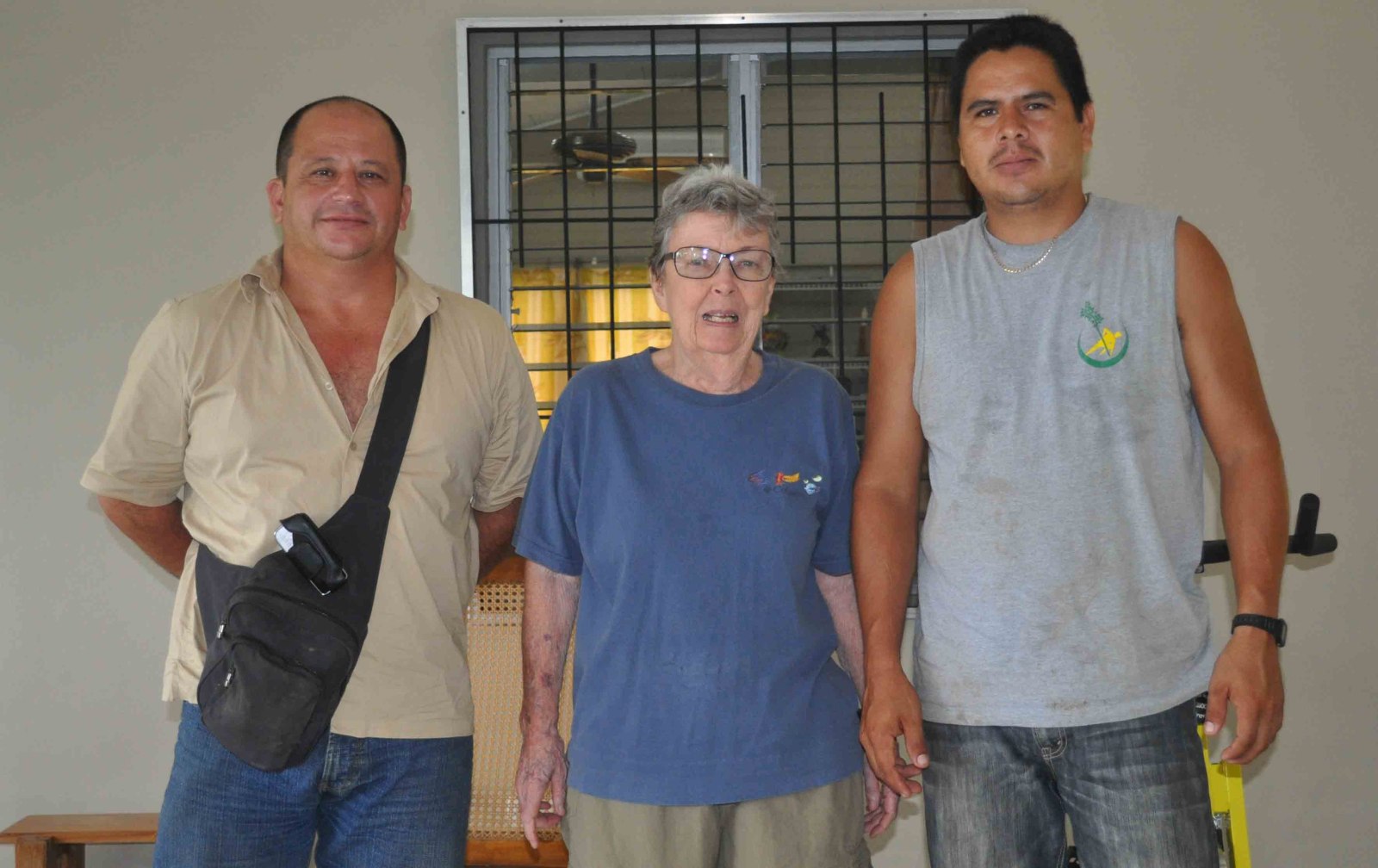
Burning pastures or crops before planting is counterproductive. Not only does the land become less fertile, but the toxic particles can end up mixing with water and damage the health and economy of human beings.
Uncontrolled brush burns often happen in March and April (the driest months) in Guanacaste and normally lead to forest fires.
Between 1998 and 2014, 78 percent of these emergencies that happened in Costa Rica occurred in the province and were related to the use of fire in agriculture, according to data from the National System of Conservation Areas (Sinac).
Specialist in agriculture and geology, as well as research from the World Health Organization (WHO) and the United Nations Food and Agriculture Organization (FAO) agree that using fire eliminates nutrients and insect species that fertilize the land, which leads to smaller crop yields.
Unproductive Land
Allan Astorga, a geologist for the University of Costa Rica, said that the top layer of soil is the most affected, since it is where the main nutrients are that sustain plant life: phosphorus, calcium, potassium as well as microorganisms that are vital for the health and oxygenation of the land.

“Ants, worms and organic material that live in the soil disappear completely when burns are done,” Astorga says.
For Rafael Piñar, agronomist for the National Production Council (CNP), the practice of burning the land first in order to plant later is a bad custom and he says it’s a myth that fire contributes something good to the soil.
“The crop will grow, but in smaller quantity and it will require more fertilizer,” he said.
Piñar figured that, under the burning system, agriculture production on a farm could fall by between 75-90 percent.
According to FAO, when burns are done, the soil loses moisture and this causes a lower crop yield. He also says that the soil erodes and becomes less fertile for crops.
Water and Health At Risk
Astorga warned that the risk of polluting aquifers is greater when burns are done weeks before the rain season.
The ashes and dioxins (toxic particles) that stay in the soil filter into the soil when it rains and and pollute the subterranean water.” Astorga explained.
This pollution of water reservoir could affect the health of people and animals and could even provoke the disappearance of water sources, said Piñar.
“The dioxins could cause reproduction and development problems, affect the immune system, interfere with hormones and even cause cancer,” according to a 2016 article by World Health Organization.
Busting the Myth
When you decide to weed instead of burning, it helps maintain the biodiversity and flora and fauna, and allows for the natural regeneration of soils, according to a FAO publication.
“Land that has been burned needs between three and four years to regenerate,” Piñar said about the time that a parcel must be left unplanted so that it can recover.
One recommendation that the CNP engineer has is for farmers to use alternative undergrowth equipment, such as weed wackers or mowers that get the job done without damaging the soil or environment.







Comments